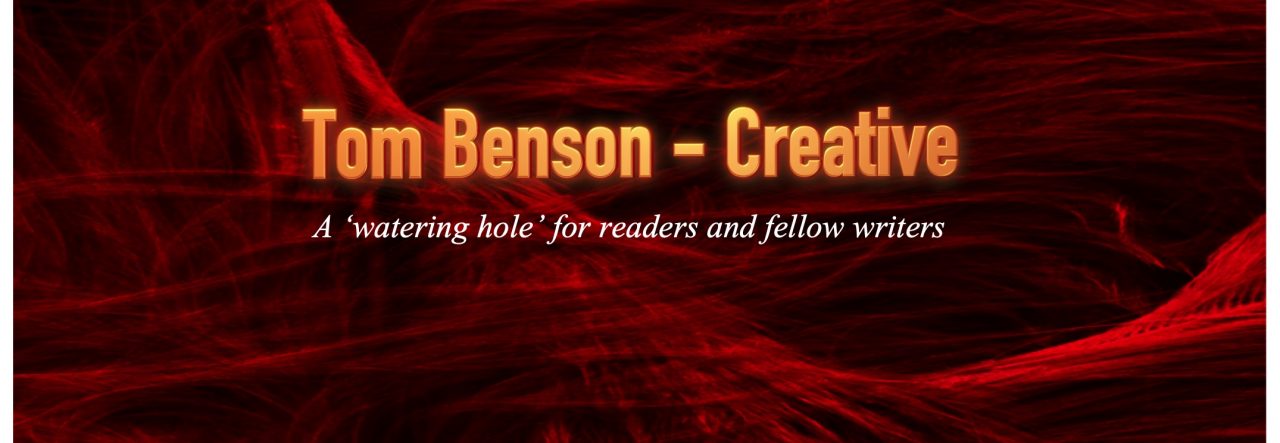* Non-fiction books to read that relate to the subject matter of my new story.

* Non-fiction DVD to study that relates to the subject matter or the characters.
* Zodiac signs book. It’s a useful tool for ideas on characteristics, personal likes, dislikes – and of course star-signs and birthdays.
* Baby names book. Apart from names, it also gives a range of nationalities.
* The Yellow Pages phone book is good for both names and trades/professions.
* Body Language book. Say no more, wink, wink, nudge, nudge, fingers crossed.
* An atlas, and regional maps, and as I have–a globe.
* Fashion Catalogue. I’m not great at putting together women’s outfits, so it helps me.
* Websites that I might bookmark as a temporary measure.
* I’m always aware of the ‘chewing gum on the mantle-piece’. This is where the writer makes a mention of something, (like the aforementioned chewing gum), but it serves no purpose in the story, and is only mentioned in one scene.
It could be a person, a vehicle, an animal, anything.
If it doesn’t serve a purpose – I leave it out, or if I’ve put it in already, I get rid of it.
* Page Numbers from the outset. They work in my favour in two ways:
As a navigational aid when editing on-screen.
As a navigational aid when I’ve printed a manuscript for editing.
Page numbers can be removed in the final stages of editing.
* My perpetual diary. I use it to define any date with the correct weekday.
* I’ve found http://www.history.orb is a great site for checking out information.
* I consider writing the beginning and end, then work on the middle.
That helps me to focus on the storytelling. Once the main story is underway the beginning and/or the end might even change.
* I always signpost changes of scene. I use an asterisk in the centre between paragraphs.
I’ve tried blank lines and I’ve found the most efficient method is a single asterisk between scenes and then three asterisks to end a chapter, plus a page break.
* If I intend to use a location in a reflection by a character, I double-check its situation/condition at the time.
Examples:
1. I have had to alter a date because a meeting place I used was closed for refurbishment when the two characters would have met there.
2. On another occasion I had to amend the imagery because a monument had been dismantled and moved–four years before my characters arrived on the original site.
* I try to keep the ‘ly’ ending words to an absolute minimum.
Examples:
Lovely, decidedly, particularly, heavenly, insidiously, beautifully, etc.
*I also avoid ‘very’ by improving word choice.
Examples:
very pretty – beautiful, very fast – swift, very good – excellent.
***


Pingback: Producing an Anthology | Tom Benson - Creative